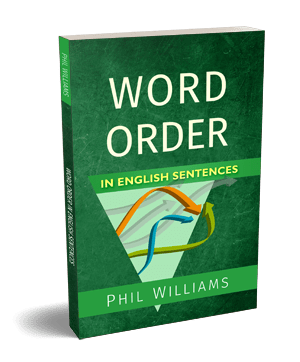 As my series of articles about state has shown, with certain verbs there are some tricky areas in choosing between the simple and continuous forms in the past and present. Things are a little more flexible in the future (though flexibility does not necessarily make life easier!). These notes will help you understand a little more about the choice between continuous and simple in the future, though:
As my series of articles about state has shown, with certain verbs there are some tricky areas in choosing between the simple and continuous forms in the past and present. Things are a little more flexible in the future (though flexibility does not necessarily make life easier!). These notes will help you understand a little more about the choice between continuous and simple in the future, though:
You may find English speakers use the future continuous in place of the future simple with no real change in meaning – depending on your choice of future simple.
- I will meet Charles later. (will for simple future meaning)
- I’m meeting Charles later. (present continuous for simple future meaning)
- I’ll be meeting Charles later. (future continuous)
The future continuous is used more colloquially here, and sounds more passive.
The will form may be slightly different in that it should emphasise a recent decision, but for native English speakers, in such a context, these three sentences could be understand entirely the same way. As such, the future continuous can have almost no distinction from the future simple, especially when using the present continuous for simple future meaning.
Grammatically, however, the future continuous is only really appropriate to emphasise the process of the action, to demonstrate the action will be happening.
If in doubt, the simple tense is better for clarity.
The neutral future continuous may be chosen specifically to emphasise that the arrangement is casual, or that the details are unimportant.
- We will sit by the window.
- We’ll be sitting by the window.
In the above example the first sentence can be seen as a decision, or a plan to sit in that location, while the second sentence puts more emphasis on the context (the setting of sitting there) than the decision.






